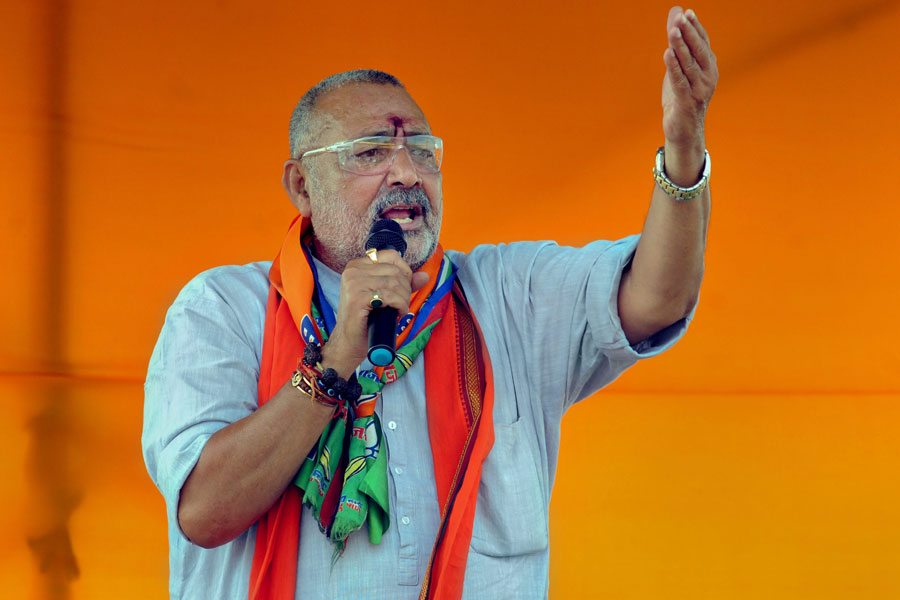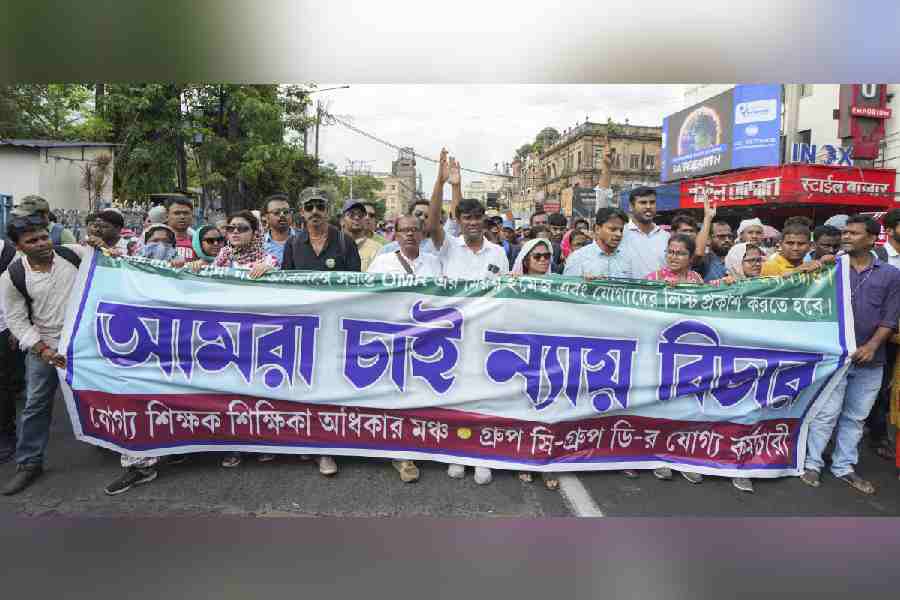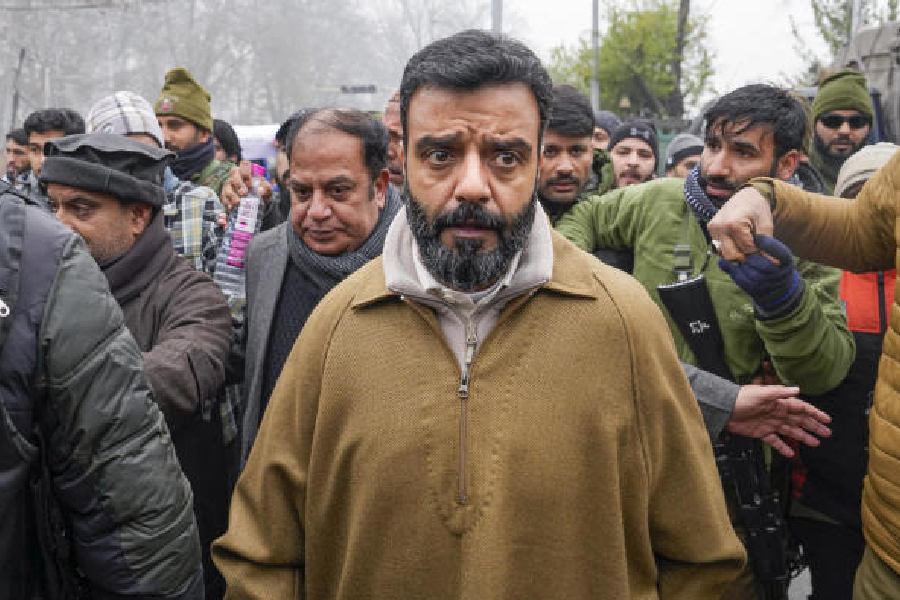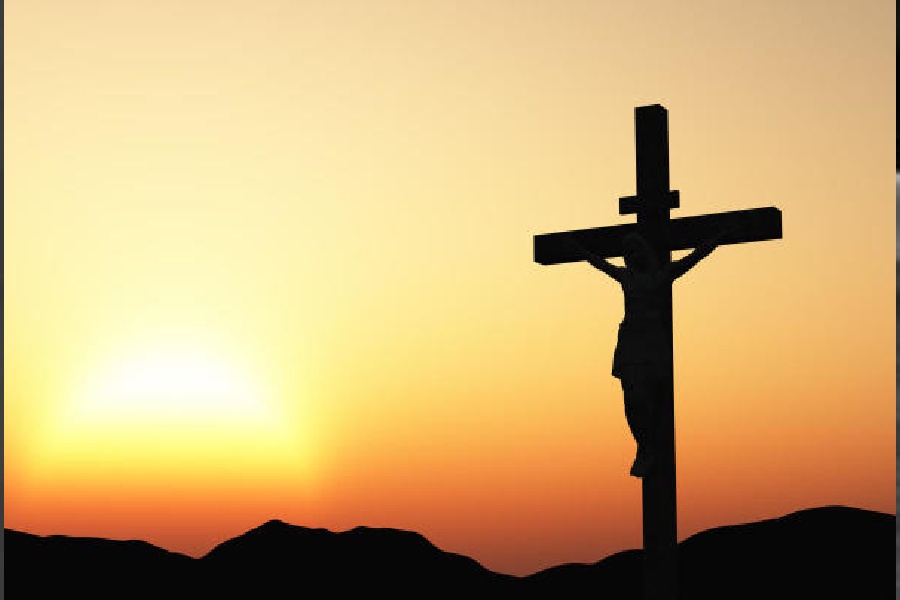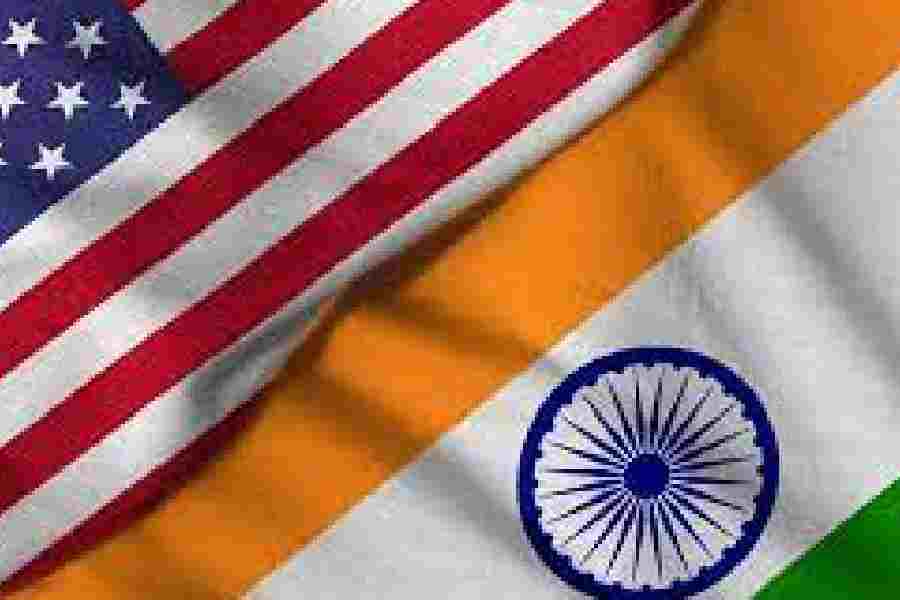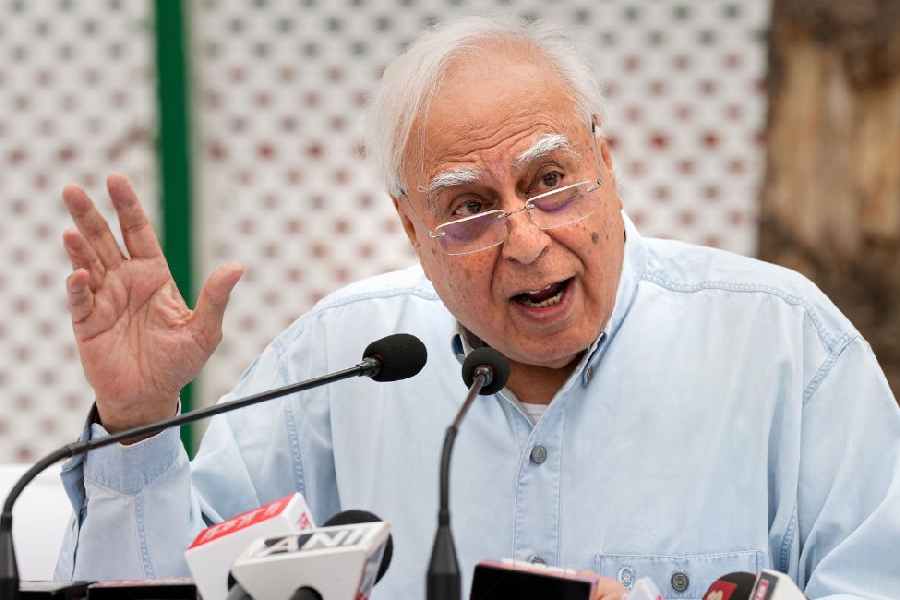 |
We have to start by asking about your Twitter DP. Is that your new look?
Yes, yes, I’ve grown a beard over the summer. I didn’t bother shaving a couple of days… got compliments and carried on growing it. So yes, it’s my attempt at looking like a Greek pirate, I think! I’m told it makes me look much older but more raffish. My children don’t like it but my wife does.
On that note, tell us a bit about your family…
I have two sons and a daughter. Ibby has just gone off to university, and the boys, Sam and Adam, are in boarding school in Wiltshire. My wife, Olivia Fraser, is a painter in the Jaipur gharana miniature tradition but paints very contemporary, abstract work.
Okay, let’s get down to business. The paperback edition of Return of a King: Battle for Afghanistan is just out. But you’ve changed the title to Return of a King: An Indian Army in Afghanistan (Bloomsbury, Rs 499)....
Correct! That was to emphasise, in a sense, what an Indian book it was. Several people have asked me, ‘So when are you going to write a book about India again?’ (Laughs) But this book is in fact set very largely in India. It’s not a British army that goes to Afghanistan, you have people from UP and Bihar. And this battle has a major effect on Indian history because the regiments that are neglected by the English officers during the Afghan campaign then go on to mutiny in 1857.
 |
Why does a book first come out as a hardback and then as a paperback?
I think the logic for publishers is that they make more profits on hardbacks. So it’s in all authors’ and publishers’ interest to produce the hardback first, so the people desperate to read the book will go out and buy it (laughs). A hardback in general is more expensive, looks nicer… and then the paperback comes out, which is cheaper and that’s the one that stays in the bookshops. That’s the general pattern of publishing.
From your tweets we gather that your next book is on the East India Company?
Yes, I’m going back [in time]. My three books on Indian history have been White Mughals, set around 1800, The Last Mughal, around 1857, and Return of a King, 1839 to 1842. This book is going right back to the moment the Company first militarised this place — 1739. There’ll be a lot of Bengal in this book… the growth of Calcutta, the clash with Siraj-ud-daula, Buxa….
What’s inspiring me to do this is the fact that it was not the British per se that took over India, it was a corporation, a multinational corporation, which in 1739 employed only about 30 security guards, like a large office block in Calcutta today! Yet by 1803 they had an army twice the size of the British army. A private army of 200,000 people. It’s a unique event of world history, a corporation takes over a continent. And I don’t think we’ve grasped its sheer weirdness.
I’ve always found, especially while writing White Mughals, that there’s a HUGE amount of Indian sources out there, much underused. Some in Urdu, some in Persian… and what there is in Bengali from the court of Siraj-ud-daula, I don’t yet know. If any of your readers have any material from that period, please let me know.
 |
| Dalrymple’s new look |
Why do you choose to write on India?
Oh, I’ve lived here since I was 18… it’s my home. It’s where I have set my other life. I mean I could leave tomorrow if I wanted to, but it’s been an extremely fruitful engagement, from my point of view. I don’t live here all year round, I get away around June-July — I’m very grateful for that break because Delhi’s pretty foul in June-July (laughs).
What I love about India is that it has accommodated my changing interests. Over the years, other than Indian Muslim history, I have written about Buddhism, Hindu spirituality, Bhakti, now the East India Company.
There’s always something new, something strange, something interesting here. My contemporaries in England are often bored or they don’t know what to do next or have writer’s block but I feel I could continue writing books about this country for another 20 lives!
It’s often frustrating, you know, when you are stuck in a traffic jam or have power cuts… you feel like knocking your head against a wall or grabbing a sharp object (laughs)… but while it can be frustrating, it’s never boring. And it’s the source of endless inspiration.
You were born in Scotland. So, were you rooting for Scottish independence or are you in favour of a unified Britain?
Well, I think the Scots have been running the English beautifully for 300 years (laughs out loud)! We’re like a pirate ship that has attached itself to a much larger vessel and proceeded to board and take over the country. The last three Prime Ministers have all been Scots — Blair, Brown and Cameron are all Scottish names. We run the BBC, we run the foreign office, we run the civil service, we run the army… so what’s not to like (laughs)?!
As a journalist for foreign publications, you keep a keen eye on Indian politics. Your thoughts on the new government?
I was extremely anxious about Modi coming to power. But so far he has neither fulfilled my worst nightmares nor has he fulfilled, I think, the wildest dreams of his supporters. Economically it’s been an average performance. So the jury is still out. I would be delighted if his government was a success. And I think very few people can feel overwhelmingly thrilled by the performance of the Congress, which did seem completely out of steam under Manmohan Singh. And I don’t think anyone feels wildly enthusiastic about the intelligence or abilities of Rahul Gandhi.
Glad you brought up Manmohan Singh. He said, while going out, that history would be kinder to him. Can you think of any public figure for whom this has been true?
In my country, Margaret Thatcher would be the obvious example. She riled everyone when she was in power. But in retrospect, she did save Britain from trade unionism and decline and gave it a sharp injection of energy and rebuilt the country in a way that none of us, or none of the Left, realised at the time.
I think Manmohan of 1991 is recognised as an incredibly important figure in Indian history. It was his second term [as PM] that was a terrible example of drift and lack of energy and lack of vision.
You are one of the directors of the Jaipur Literature Festival...
Oh yes! And it’s now the largest literary festival in the world! We had a footfall of a quarter-of-a-million people this year. We’ve seen incredible growth. We are yet to work out the economics as well as we should have done. We’re not making the profit we should be making. It’s not a profit-making venture but it’d be nice to feel more secure than we do currently. But as an artistic event, there’s no question, it’s the largest. It’s the one that any writer seems to accept immediately. It’s one of my ways of giving back to India, I have taken a lot from it….
Why do you think JLF became so big?
Well, we were the first and I think we are the one festival that has had the vision of mixing the best of bhasha and non-Indian languages and Indian literature with the best of international writers. Most of the other festivals seem to trot out the same names of Indian figures writing in English.
They’re all very good but we seem to reach further in both directions. We bring in more major international names and we platform more regional literature that is not well-known outside its own heartland. What I do, the international list, is quite easy to do… there’s a lot of excitement in bringing Orhan Pamuk or J.M. Coetzee or Tom Stoppard or Steven Pinker…. What my colleague Namita Gokhale manages to do is get capacity audiences for say a panel of five Punjabi poets that I’d never heard of in advance but turn out to be brilliant on stage. No one else has, in a sense, woken up to our formula.
There’s talk of Aditi Rao Hydari playing Khair-un-Nisaa opposite Ralph Fiennes in the cinematic adaptation of your White Mughals...
I have sold the movie rights, the casting is entirely their decision. But I do think that she’s absolutely gorgeous! Sadly I have no casting couch rights (laughs out loud).
And I must mention I am very excited by a Bengali model, Rikee Chatterjee. I think she’s one of the most glamorous models. Bengali women… (laughs) I admire very much.
Leg spin
Who: Rikee Chatterjee
What: Supermodel and 2014 Kingfisher calender girl
Where: Currently based in Mumbai. Family hails from Asansol, though Rikee was born and bred in Jamshedpur
Eye catcher: At 5’ 11’, she is known to possess the longest known Bengali legs in the history of long Bong legs!
t2 cover girl: January 14, 2014
 |


